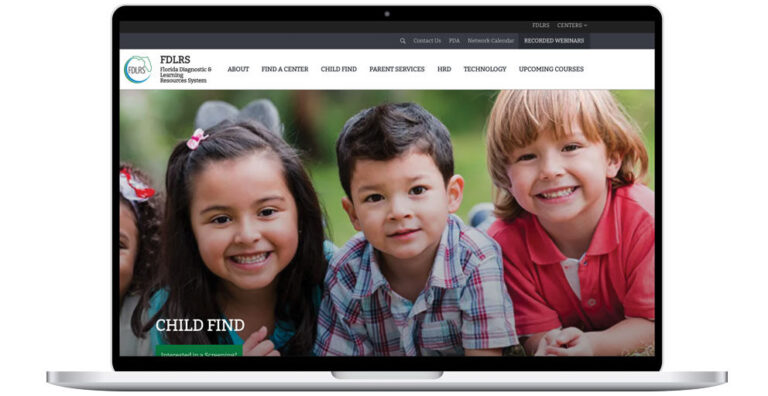Illustration by Jonah Bienhoff
Assistive Technology
Assistive Technology (AT) is a term used to describe any device or system that helps maintain or improve the capabilities of someone with a disability and the training or other support to ensure its availability. AT may be “high-tech” or a basic, everyday item used in a repurposed way to help someone with a disability. Either way, the overall goal is to help people with disabilities live more independently, whether at home, school, work or play.
Examples of AT
Just a few examples of AT include:
- Augmentative communication systems, such as talking computers, voice output devices, software or hardware and magnifiers.
- Assistive listening devices, such as hearing aids, personal FM units, closed-captioned TV and teletype machines/Telecommunications Devices for the Deaf (TDDs).
- Specially adapted learning games, toys and recreational equipment.
- Computer-assisted instruction (Learning Ally or Bookshare).
- Electronic tools, including scanners with speech synthesizers, tape recorders, word processors, laptops, smart pens, etc.
- Curriculum and textbook adaptations (audio, digital, large-print, Braille).
- Adaptation of the learning environment, such as special desks, modified learning stations, switches, computer touch screens or modified computer keyboards.
- Durable medical equipment (wheelchairs, hospital beds, Hoyer lifts, etc.).
Obtaining At

The Florida Diagnostic and Learning Resources System (FDLRS)
Assists teachers and students with identifying and obtaining appropriate AT for school and learning purposes.

The Florida Alliance for Assistive Services and Technology (FAAST)
For adults with disabilities, FAAST provides guidance, resources and comparisons of different types of AT, and can help you understand options for paying for it.
Payment for AT may come from several sources. Determining who pays depends on each person’s disability, age and individual circumstances. If a school-aged student requires AT to be educated in the least restrictive environment, as required by law, then the school may have the responsibility to pay.
When an Individualized Education Program (IEP) team is determining whether to place a student with a disability in a general education classroom, before considering other placements, they must assess how the use of supplementary aides and services, including AT, may help the student succeed in the least restrictive environment.
Florida law requires that if an IEP team makes a recommendation in accordance with state Board of Education rules for a student with a disability to receive an AT assessment, it must be completed within 60 school days.
A student’s IEP or 504 team will determine the need for AT based on a professional evaluation. The IEP team must consider the need for AT and discuss it at every IEP meeting. If the student needs AT to access the curriculum, socialize, increase independent functioning, study at home or transition to adulthood, the school may pay for both the equipment and training to use it. A student with a disability may also need, and has a right to, AT to fully participate in school activities. In that situation, Section 504 of the Rehabilitation Act may require that the school provide it, as well as any training necessary to use it.
The Florida Division of Vocational Rehabilitation (DVR) and Division of Blind Services (DBS) assist eligible individuals with disabilities, including youth, prepare for and obtain employment, including transitioning youth. This may include AT services, such as evaluation, maintenance, repair and training.
Overall, it is important to know that if you need AT in order to participate in work experiences, afterschool activities or at home to complete homework, the school must provide it. When it comes to work experiences and employment preparation, schools should work hand-in-hand with providers such as DVR and DBS to ensure students have what they need to be successful in their transition plan. If these agencies do not provide the needed AT, the IEP or 504 team must reconvene to determine how to best meet the student’s needs.
Other means for financing assistive technology may include health insurance (Medicaid, Medicare or private policies). Evaluations, referrals and prior authorizations may be necessary before being determined eligible for AT through health insurance.
Resources
In addition to FDLRS and FAAST, you can get AT guidance and resources (including related to Learning Ally or Bookshare) from Technology and Learning Connections and from local Centers for Independent Living (CILs). CILs may also be a source for loaner equipment.